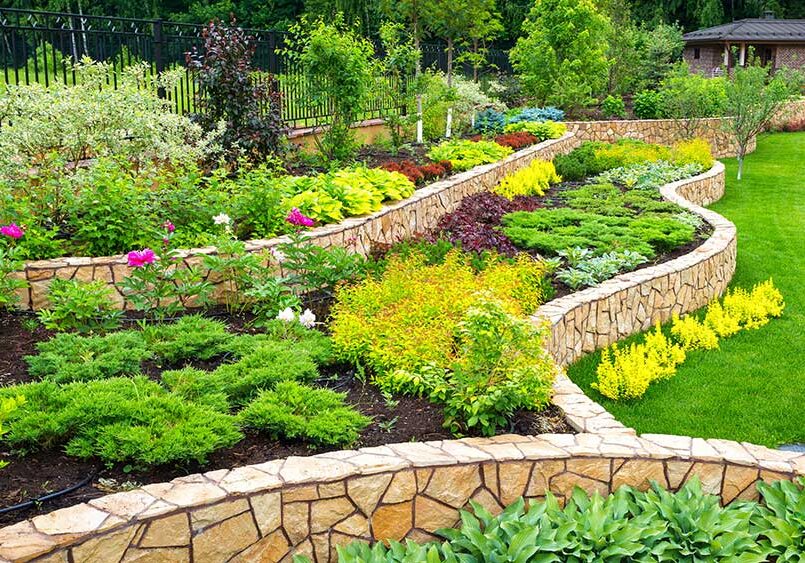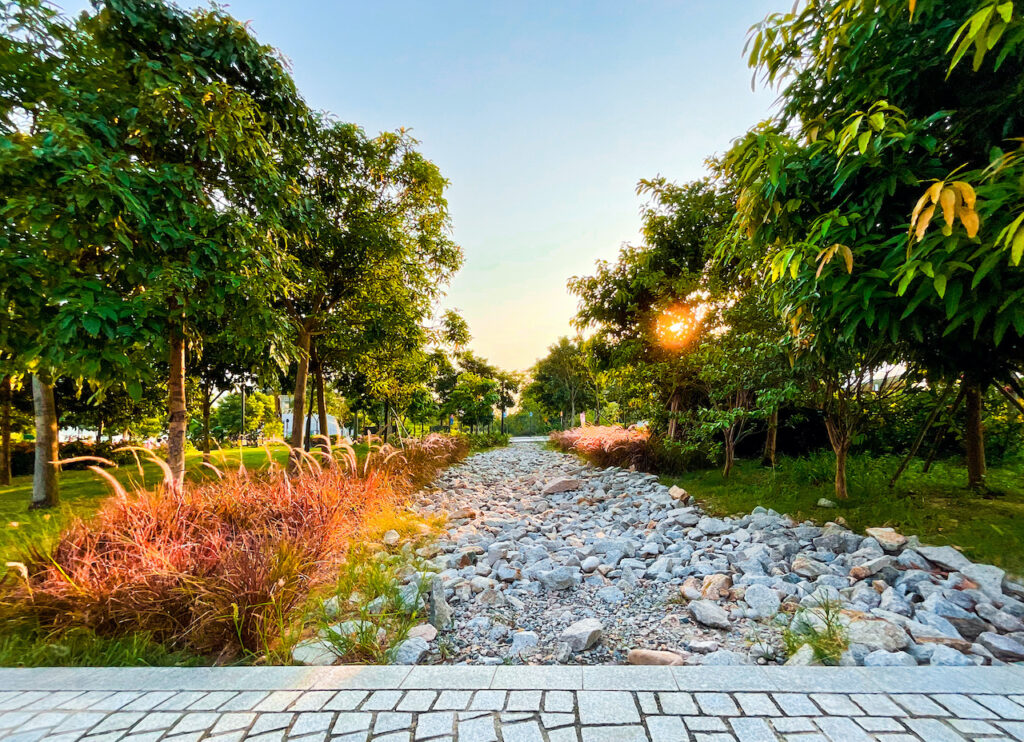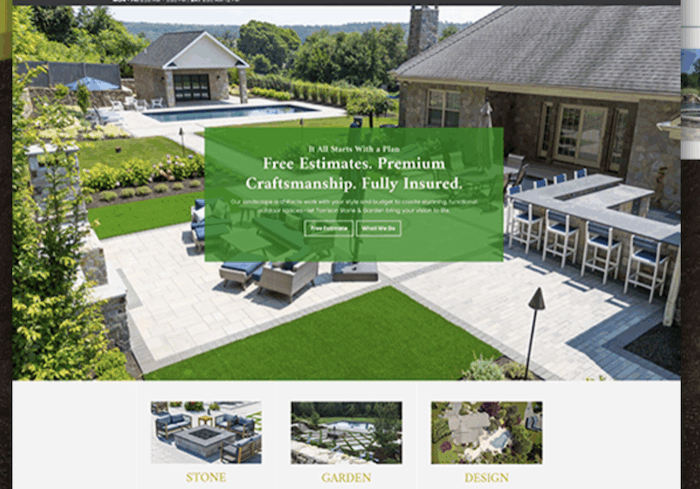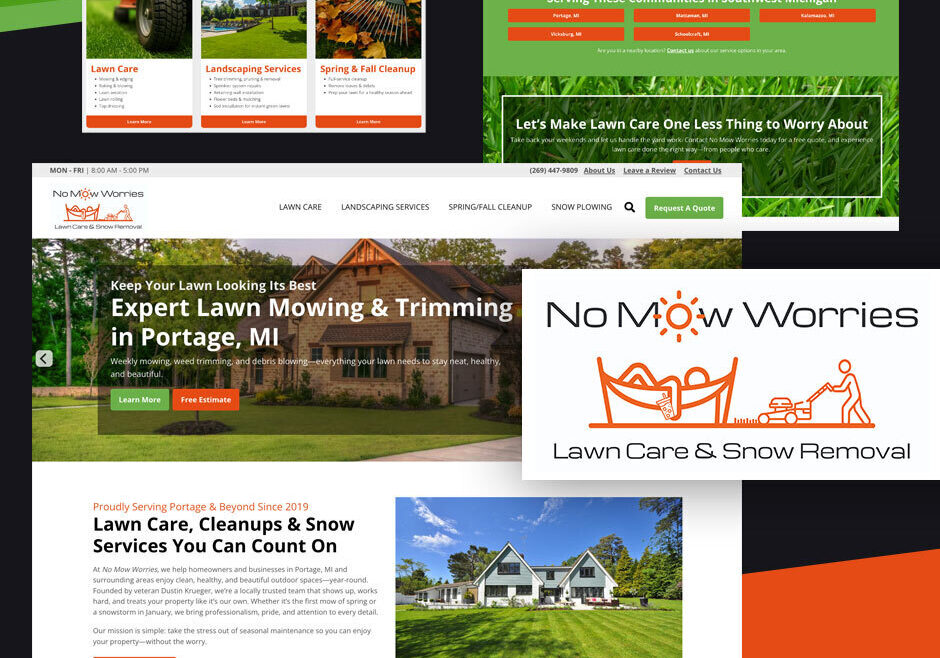Landscape Design Techniques That Benefit the Environment

Landscaping and sustainability go hand in hand. As environmental concerns continue to grow, more property owners and green industry professionals are choosing to prioritize sustainable landscapes that conserve resources, promote biodiversity, and reduce waste. For landscaping companies, embracing sustainable landscape design is not only the right thing to do for the planet—it’s a smart business move.
Whether you manage residential properties, commercial spaces, or municipal projects, offering sustainable garden design services helps your clients lower water usage, reduce long-term maintenance costs, and increase property value. And for your business, it creates opportunities to stand out in a competitive market by delivering landscape design techniques that benefit the environment.
To build your expertise and expand your services, it’s important to understand how sustainable landscaping practices work and how to integrate them into your designs. If you’re new to this area or want to go deeper, explore what sustainable landscaping management really means.
Sustainable Landscaping Techniques That Make a Difference
Sustainable landscapes are designed to work with nature, not against it. Here are some of the most effective landscape design techniques that benefit the environment and enhance the long-term value of your services.
Native Plant Selection
Using native plants is one of the most impactful decisions in sustainable landscape design. Native species are adapted to local climate and soil conditions, which means they:
-
Require less irrigation
-
Resist common pests and diseases
-
Support pollinators and native wildlife
By reducing reliance on synthetic fertilizers, pesticides, and excessive watering, native plantings lower the environmental impact of a landscape while still delivering visual appeal.
Rain Gardens and Bioswales
Rain gardens and bioswales capture and filter stormwater runoff, helping reduce soil erosion and keep pollutants out of local waterways. These landscape elements:
-
Direct water into planted depressions
-
Allow water to naturally percolate into the soil
-
Reduce strain on drainage systems
Adding rain gardens to your service mix positions your business as a partner in sustainable development, especially in urban or commercial settings.
Mulching and Soil Health Management
Organic mulching improves soil structure, regulates soil temperature, and minimizes water evaporation. It also helps suppress weed growth without using chemical herbicides. Combined with composting and proper aeration, this technique supports healthier root systems and more resilient plant growth.
Drought-Tolerant Landscaping (Xeriscaping)
Drought-tolerant designs help clients conserve water while still enjoying vibrant outdoor spaces. Xeriscaping uses strategic plant placement, efficient irrigation, and hardy species that thrive with minimal moisture. This is especially valuable in regions where water restrictions are common or water costs are rising.
Smart Irrigation and Efficient Water Use
Sustainable landscape design also includes using smart irrigation tools like weather-based controllers and drip systems. These solutions:
-
Reduce water waste
-
Adjust to real-time weather conditions
-
Improve plant health through deep, efficient watering
Clients benefit from reduced water bills, while your business adds value by offering long-term savings and smarter resource use.
Why Sustainability Is a Smart Business Strategy
Eco-friendly landscaping isn’t just good for the environment—it’s a competitive advantage. Clients are actively seeking service providers who understand sustainability and can deliver landscapes that are efficient, cost-effective, and environmentally responsible.
Meet Growing Market Demand
More residential, commercial, and municipal clients are prioritizing sustainability. Public awareness of climate change, resource conservation, and biodiversity loss is driving demand for:
-
Low-maintenance, water-saving designs
-
Organic and pesticide-free solutions
-
Long-term cost savings through energy-efficient landscapes
Companies that offer sustainable landscaping practices are more likely to win bids, retain environmentally conscious clients, and build brand loyalty.
Increase Revenue with High-Value Services
Sustainable designs often involve consultations, long-term maintenance plans, and specialized services such as native plant sourcing or smart irrigation system installation. These offerings allow your company to:
-
Command premium pricing
-
Upsell ongoing maintenance programs
-
Expand into new market segments
By positioning your team as experts in sustainable practices, you not only provide value, you increase your average revenue per job.
Businesses and municipalities are increasingly exploring green infrastructure strategies that include rain gardens, bioswales, and native plantings. If you’re working with commercial clients, it’s worth understanding the benefits of pitching greenscapes landscaping as part of your sustainable service offering.
Stand Out from the Competition
As more clients search for eco-conscious solutions, landscaping companies that don’t adapt may fall behind. Offering sustainable services differentiates your brand in a crowded market and strengthens your reputation as an innovative, forward-thinking provider.
How Arborgold Supports Sustainable Landscaping Services
Running a landscaping business focused on sustainability requires more than knowledge of native plants or irrigation systems. It also depends on strong processes, clear communication, and the right software to manage jobs, clients, and recurring services efficiently.
Streamline Sustainable Landscape Management
With Arborgold’s landscaping business software, companies can easily schedule, track, and invoice for services that support long-term sustainability goals. Whether you’re managing seasonal mulching, smart irrigation system installs, or native plant bed maintenance, Arborgold helps you:
-
Create and manage customized service packages
-
Schedule recurring tasks based on seasonal needs
-
Track plant health and site-specific sustainability data
-
Communicate clearly with clients through built-in messaging and job updates
Build Long-Term Maintenance Plans
Sustainable landscaping is most effective when it’s supported by consistent maintenance. Arborgold’s CRM tools and work order features allow companies to build year-round care plans that include fertilization schedules, pruning timelines, and pest prevention services, aligned with eco-friendly practices.
Designing Landscapes That Work With the Environment
Sustainable landscape design benefits the environment, your clients, and your business. By choosing native plants, managing water responsibly, and creating outdoor spaces that thrive with less intervention, landscaping professionals can lead the way in environmentally responsible design.
Clients are actively searching for sustainable landscaping services that go beyond aesthetics. They want solutions that reduce water use, limit chemical inputs, and support pollinators and biodiversity. By adopting proven sustainable techniques and using tools like Arborgold to streamline planning and delivery, landscape companies can align profitability with long-term environmental impact.
Frequently Asked Questions
What is sustainable landscaping and why is it important?
Sustainable landscaping uses design techniques and maintenance practices that protect natural resources, reduce waste, and support native ecosystems. It’s important because it creates beautiful outdoor spaces while conserving water, improving soil health, and reducing harmful environmental impacts.
What are examples of landscape design techniques that benefit the environment?
Examples include installing native plant gardens, using mulch to retain soil moisture, incorporating permeable pavers, and setting up smart irrigation systems to reduce water use.
Can sustainable landscapes reduce long-term maintenance costs?
Yes. Sustainable landscapes often require less irrigation, fewer chemical treatments, and reduced mowing. These efficiencies can lower costs for clients and improve long-term profitability for landscape companies.
What are some sustainable landscaping ideas for residential or commercial properties?
Popular design ideas include integrating native plants, installing green roofs, using drip irrigation systems, and creating habitat zones for pollinators. These elements promote biodiversity and reduce water and chemical use.
How can landscaping help with erosion control?
Techniques such as terracing, planting ground cover, and using native grasses with deep root systems help stabilize soil. These sustainable approaches to erosion control protect landscapes from runoff and water damage.
How does landscaping improve energy efficiency?
Strategic placement of trees and shrubs can provide natural shade and windbreaks, reducing the need for air conditioning or heating. Sustainable landscapes designed for energy efficiency can lower utility bills and increase property comfort year-round.
Share this resource




